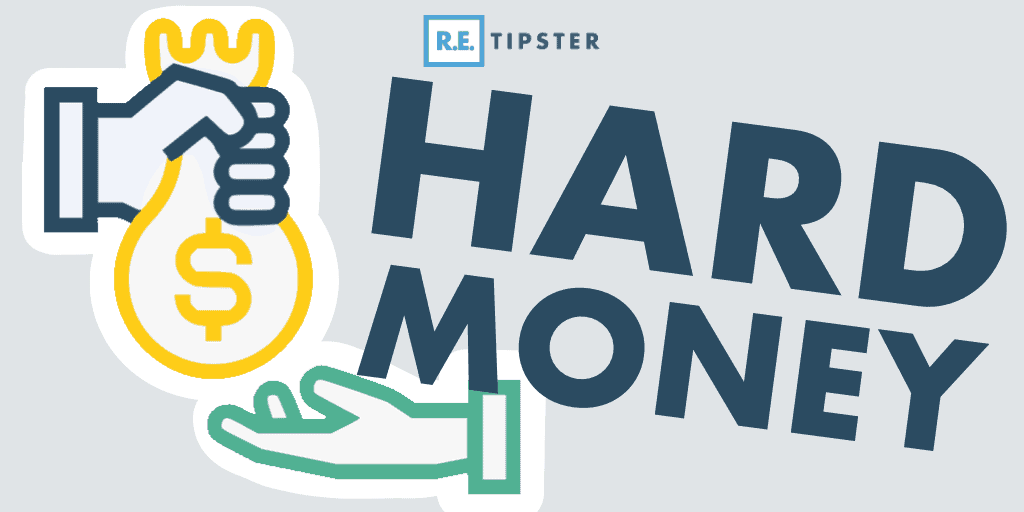Revealing the Influence of Financing on Economic Development and Financial Incorporation
Lending lies at the core of economic development and monetary addition, acting as a driver for development across various industries. The complex web of links in between loaning techniques and the broader economic landscape reveals a complicated yet important partnership that forms the economic well-being of individuals, communities, and nations alike. By checking out the nuanced influences of lending on economic growth and the addition of underserved populations, a more clear photo arises of just how economic systems can be leveraged to link voids and foster lasting growth. As we browse through the intricate dynamics of financing and its effects, a deeper understanding of its transformative power awaits, losing light on the paths to an extra comprehensive and flourishing future.
The Role of Lending in Growth
Providing plays a critical role in cultivating financial development by giving people, companies, and governments with the needed funds to purchase growth possibilities. When individuals have access to debt, they can purchase education, entrepreneurship, or real estate, eventually improving their requirement of living. For businesses, lendings make it possible for growth, innovation, and the production of job possibilities, contributing to overall economic development. Furthermore, federal governments count on borrowing to fund infrastructure tasks, social programs, and other campaigns that stimulate economic growth.

Enhancing Financial Inclusion With Loaning
Financial incorporation is a key motorist of financial empowerment and lasting development, with lending playing a critical role in broadening accessibility to economic services for underserved populaces. By offering people and tiny organizations with the means to borrow cash, lending institutions add dramatically to boosting monetary addition. Access to credit history allows individuals to buy education and learning, begin or expand businesses, and deal with unpredicted costs, eventually helping them construct possessions and improve their total economic well-being.
Loan provider, including traditional financial institutions and microfinance organizations, are increasingly identifying the significance of reaching out to underserved areas. With targeted lending programs and cutting-edge financial items, these organizations are functioning towards linking the monetary incorporation space (hard money lenders in georgia atlanta). By supplying tailored loan items with sensible rate of interest and adaptable repayment terms, lending institutions can empower people who were formerly left out from the formal economic system
Furthermore, modern technology is playing a critical duty in enhancing monetary incorporation through borrowing. Online systems and mobile financial services are making monetary items a lot more accessible to remote populations, allowing them to safeguard finances and participate more actively in financial tasks. Overall, improving economic addition via financing is an essential step towards fostering inclusive financial advancement.
Empowering Marginalized Communities
Acknowledging the transformative effect of comprehensive financial methods, equipping marginalized areas via targeted assistance programs is a strategic necessary for cultivating lasting financial growth. Marginalized areas frequently face barriers to accessing conventional monetary services, hindering their capability to take part completely in economic activities. By implementing tailored initiatives that address the specific needs and obstacles of these areas, such as microfinance programs, economic proficiency workshops, and support for entrepreneurship, it is feasible to create paths for their site link financial empowerment.
These targeted interventions not only offer marginalized communities with the necessary devices and sources to boost their economic wellness however also add to total financial development and stability. Equipping marginalized groups via accessibility to credit score and monetary services can open their business capacity, increase regional companies, and create employment possibility within these neighborhoods. By promoting financial inclusion amongst marginalized populaces, societies can function towards lowering inequality and developing a much more fair and thriving future for all.
Driving Economic Development through Strategic Borrowing
The calculated allocation of funding through targeted loaning initiatives plays a critical function in boosting economic growth and cultivating financial security. By purposefully directing funds to services, entrepreneurs, and jobs with high development potential, banks can catalyze economic progression. Strategic loaning makes it possible see for companies to increase procedures, invest in advancement, and create task possibilities, all of which add to general financial growth.

Furthermore, targeted loaning can resolve specific sectoral requirements, such as agriculture, innovation, or framework, thereby increasing efficiency and competition in vital industries. This focused technique not just stimulates financial growth yet additionally enhances the resilience of the financial system by supporting sustainable business practices and decreasing risks connected with indiscriminate financing.
Moreover, calculated loaning efforts can advertise inclusive growth by prolonging monetary services to underserved populations and marginalized communities. By providing access to credit score for people and services that were formerly omitted from the monetary system, tactical financing contributes to higher financial inclusion and equity, fostering a much more durable and comprehensive economic climate on the whole.
Developing Inclusive Financial Equipments
Making sure equivalent access to financial solutions is critical for developing robust and equitable financial systems (hard money lenders in georgia atlanta). Producing comprehensive economic systems entails making systems that satisfy the varied needs of people and services, despite their history or location. By advertising monetary see this site inclusion, nations can empower marginalized populaces, decrease inequality, and drive total economic development
Inclusive economic systems incorporate a range of services, including interest-bearing accounts, credit report centers, insurance products, and repayment remedies. These services not only offer crucial tools for managing financial resources yet additionally foster entrepreneurship, encourage investment, and help with economic involvement. In addition, by extending financial services to underserved communities, countries can improve social well-being, advertise security, and strengthen resilience against economic shocks.
Conclusion
